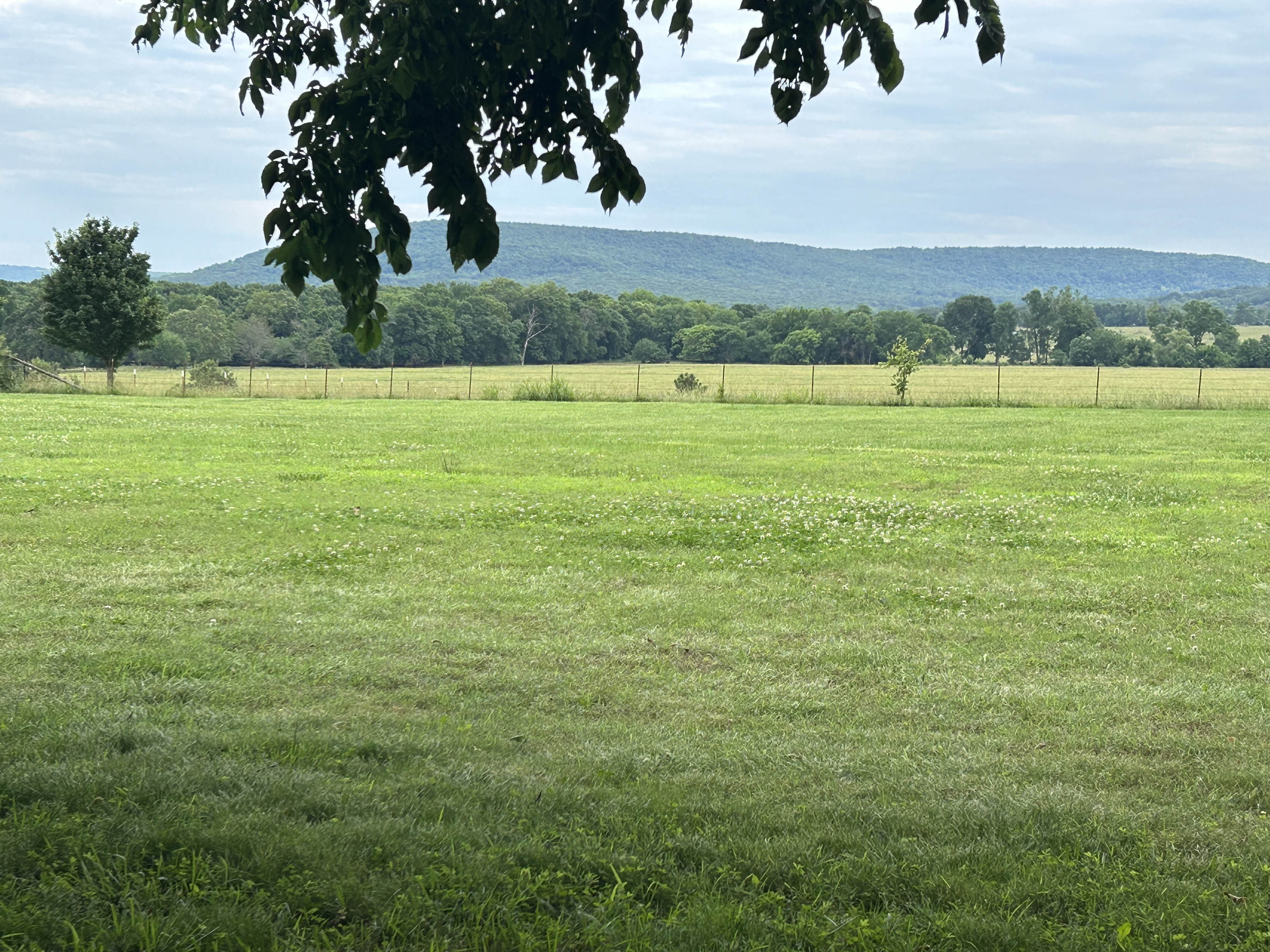On Mowing
Contact
University of Arkansas System Division of Agriculture
Cooperative Extension Service
2301 S. University Ave.
Little Rock, AR 72204

On Mowing
Driving the back roads of Madison and Newton Counties, I can’t help but marvel at the number of neat nicks in even these remote woodlands that maintain lawns and roadside rights-of-way the size of small golf courses. Not being a neat-nick by nature and not having my own zero-turn mower, I can only marvel at the amount of effort it takes to maintain all that grass.
Americans have a love-hate relationship with their lawns. We have them in our lives
because in sunny, open spaces, mowing became the default position for vegetation management.
While mowing takes time and energy, it is quick and easy to do compared to most other
alternatives, at least in the short term. If your home is in the woods, groundcovers
and even allowing leaf mulch to accumulate are viable alternatives. But in the sun,
the stakes are high and unless you use a fusillade of sprays, weeds will appear in
force.
Like everything else in the realm of home maintenance, there is a bell-shaped spectrum
of opinions on what constitutes a well-maintained lawn. In the middle of the curve
where most people live, the lawn should be mowed often, but otherwise given only minimal
attention as conditions warrant. HMOs and city codes endorse this kind of middle-of-the-road
maintenance by telling us how high the grass should be allowed to grow and how the
sidewalks edged. The all-important pressure of “fitting in” enforces this stereotype
so we have been brainwashed by society into knowing that “good people” mow their lawns.
On the left side of the bell, these people are either too lazy to mow at all or have strong environmental leanings and feel lawns in their current form are a biological wasteland. I live someplace on the left side of the curve. A few years ago, when living in my old house, I stopped mowing my zoysia grass lawn. I was pleased with the results. It grew about six inches tall and had a green, fluffy look about it all summer long. If weeds appeared, they were few and far between, so I just pulled them out as needed. My motivation for such blatant antisocial action was primarily laziness. I just got tired of mowing the lawn.
While I favor converting lawns to wildflower meadows, I didn’t think I would have ever been able to pull it off in my half-shady yard. Creating a beautiful flowering meadow from a lawn is doable, but it involves so much more than scattering flower seeds and awaiting the magic. Creating a beautiful meadow garden that your neighbors and code enforcement officers would not complain about is probably the most challenging kind of gardening task you can take on as a hobby.
One of the internet things you see this time of the year is advocacy for “No Mow May,” a campaign started in England to encourage gardeners to skip mowing during the month so that bees would be able to forage on nectar from dandelion flowers. We lazy gardeners like the concept but environmental purists hate it because honey bees and dandelions are both invasive species, and supporting either is just wrong! Of course, in the South, it should be “No Mow March” because dandelions bloom early here.
The people on the right-hand side of the bell curve do all the things the lawn care industry tell us we should to have a green, lush, weed-free lawn. Estimates claim – but I am not sure I believe them – that we dump more than 10 times as much water on home lawns as we do on irrigating field crops. Like I said, there is a full spectrum of ideas about what a lawn should look like.
Highway rights of way offer some useful lessons when discussing mowing. Arkansas roadways are typically mowed two or three times per year, except for a narrow strip adjacent to the road. By timing the mowing operation, it is possible to allow flowering plants to complete their blooming cycle and release seed, optimizing the chance of more flowers in the future. June and July mowing is late enough to ensure seed maturation of most spring-blooming species. It also whacks back tall-growing, fall-blooming plants that tend to flop over if allowed to grow to their full height without summertime pruning. November mowing to the fence row chops down tree seedlings that would take over the space without some level of maintenance.
Mowing season is upon us. Circling the lawn in a kind of mindless trance can be a time for reflection and meditation on how we are interacting with nature, the planet and the cosmos.
